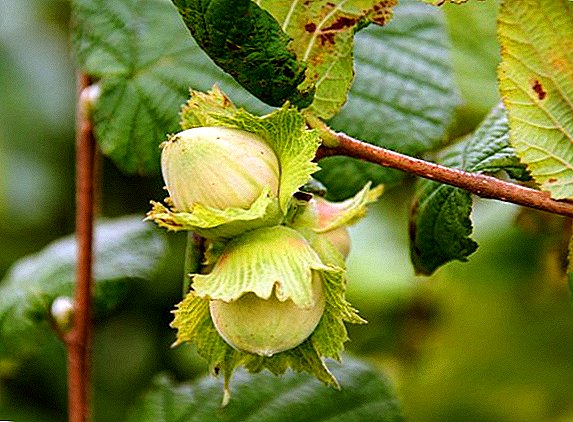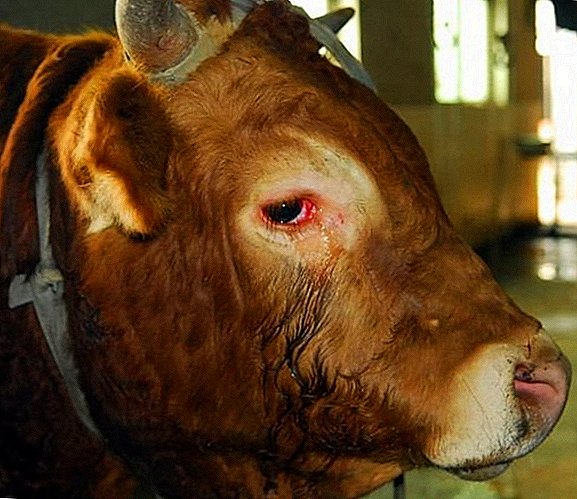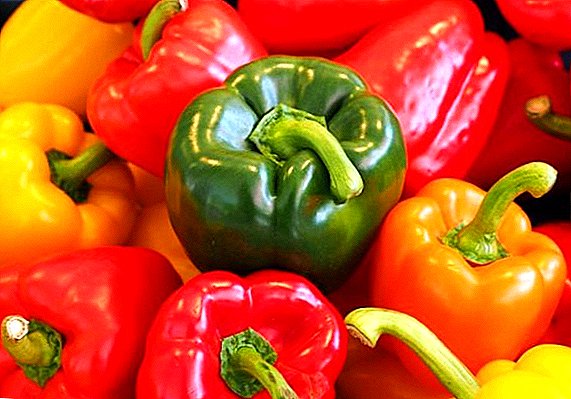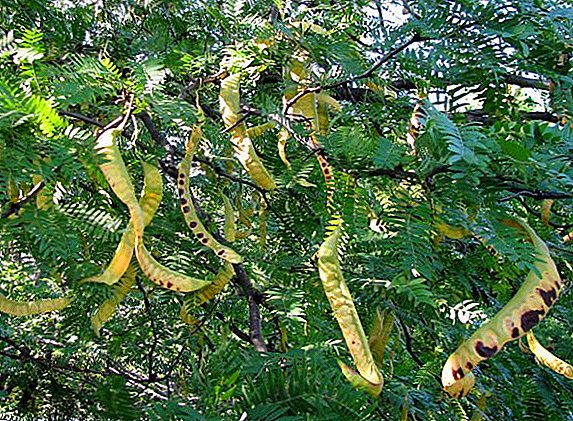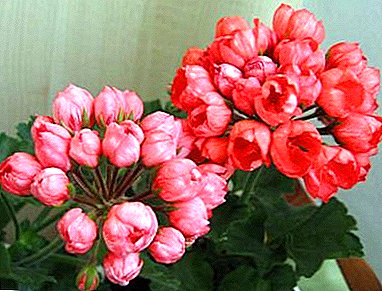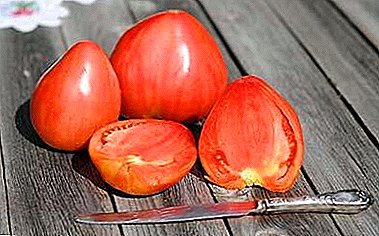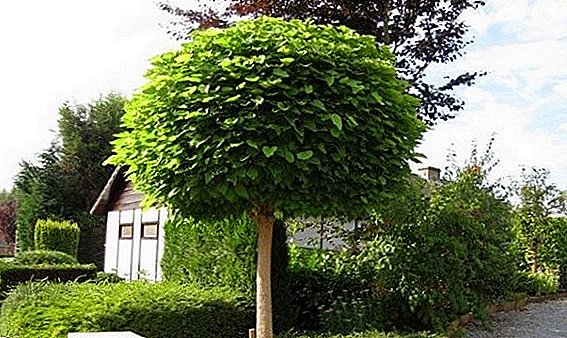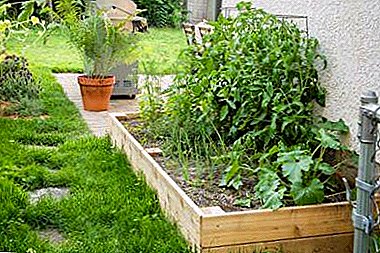
Tomatoes are a popular and beloved vegetable crop. They are grown in almost every garden in any climatic conditions. Tomatoes can be planted in open ground in warm regions of the country, and in greenhouses - in more northern regions. The value of culture in the second case is not lost much. When planning planting on the site, the question arises whether to leave tomatoes on last year’s garden beds, and what can be planted after tomatoes next year: will cucumbers, cabbage, and root vegetables feel good? You will find answers to these questions from this article.
Why carry out a crop rotation?
Crop rotation is the rules for changing crops during cultivation. Plants for their development gradually take away certain minerals from the soil, their roots emit microtoxins, and bacteria that cause diseases accumulate in the ground. To improve the soil, it is easier to cope with diseases and pests, it is recommended to change the planting sites of crops. It is important to understand the basic principles of crop rotation.
Crop rotation rules:
- Avoid sequential planting of related crops at one place.
- Alternate plants with different root systems. For example, after plants with above-ground fruits, plant roots and vice versa, replacing the “tops and roots”.
- Plants with high intake of nutrients to grow after plants with medium or low consumption.
- Periodically heal the land by planting crops with natural disinfecting properties - mustard, onion, garlic.
What to plant in the place of tomatoes and why?
Based on the rules of rotation after tomatoes can be planted.
In open ground
 Legumes (beans, peas, beans, soy). These plants saturate the earth with nitrogen and other organic compounds. Beans themselves also grow well after tomatoes.
Legumes (beans, peas, beans, soy). These plants saturate the earth with nitrogen and other organic compounds. Beans themselves also grow well after tomatoes.- Root vegetables (turnip, carrot, radish, beet, radish). Root crops feed at a deeper soil level than tomatoes, and consume other minerals for development.
- Greens (dill, parsley, basil). Greens and tomatoes belong to different families. Greens are not afraid of pests of Solanaceae and grows well in the place where tomatoes used to grow.
- Cucumbers. Cucumbers are resistant to diseases of tomatoes, but are very sensitive to the quality of the soil. Before planting cucumbers, it is advisable to fertilize the soil, apply compost or mulch.
- Zucchini - grow well after tomatoes and give a high yield.
- Bulbous (onion, garlic). They take root after tomatoes, while disinfecting and heal the earth.
In the greenhouse
- Cultures of other families (cabbage, cucumbers, onions, greens). These plants are not susceptible to diseases of tomatoes and require other trace elements for nutrition. In hothouse conditions, before planting these crops, careful preparation of the land after tomatoes is necessary: treatment from pests, checking soil acidity, regular fertilization in small portions.
- Siderates (legumes, mustard). Siderats allow the earth to rest and recover after planting tomatoes. They saturate the soil with nutrients and disinfect it from harmful bacteria.
- Tomatoes. It is undesirable to plant tomatoes after the tomatoes in the greenhouse, as in the conditions of the greenhouse the isolated land is very quickly depleted, and harmful bacteria accumulate more actively in the soil even after the soil has been cultivated.
But if there is no possibility for changing crops, then it is necessary to prepare the ground well for re-growing tomatoes in a greenhouse. To do this, after collecting the tomatoes and tilling the soil in the greenhouse, it is recommended to plant the mustard. It additionally disinfects the soil and normalizes its acidity.
Reference! Instead of mustard can be planted for the winter siderata (legumes, cereals). In the spring siderata dig with the roots or leave as mulch, and you can re-planted tomatoes.
Will cabbage grow?
Cabbage belongs to the cruciferous family and is not sensitive to pests and diseases of tomatoes. Cruciferous calmly tolerate a reduced nitrogen content in the soil after tomatoes. For the development of cabbage consumes trace elements from other soil levels, it develops well after tomatoes and gives a great harvest in the open field and in the greenhouse.
Is it possible to pepper?
Pepper, like tomatoes, belongs to the family of nightshade. It has nutritional needs similar to tomatoes, and is subject to the same diseases. Therefore, planting pepper after tomatoes is not recommended either in open ground or in the greenhouse.
Is it possible again tomatoes?
If the plot allows, it is advisable to plant the tomatoes at a new location annually. If there are no conditions for changing places, it is allowed to grow tomatoes on one bed for several years. Different methods are used to increase the yield:
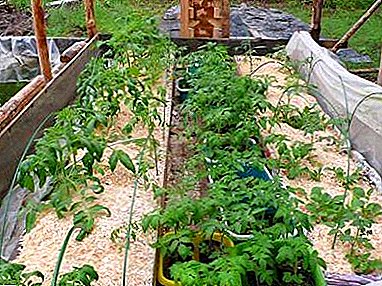 Mulching - Covering the soil with a protective layer of organic materials that saturate the earth with nutrients and help protect against pests and diseases. Mulching with hay, straw, oblique sideratami is well suited for tomatoes.
Mulching - Covering the soil with a protective layer of organic materials that saturate the earth with nutrients and help protect against pests and diseases. Mulching with hay, straw, oblique sideratami is well suited for tomatoes.- The introduction of nitrogen and phosphate fertilizers. Since the soil in one place is gradually depleted, timely feeding helps maintain the yield at the same level.
- Autumn planting of green manure (legumes and mustard crops). It is produced in autumn after harvesting, and helps to improve and nourish the land by spring. In the spring, green manure mowed and left as mulch.
- Replacing topsoil on the garden bed. This cardinal and time-consuming method is carried out in case of defeat of tomatoes by phytophthora, when it is impossible to choose another place for planting.
- The right choice of neighbors on the bed. Legumes and greens protect tomatoes from diseases and saturate the soil with substances useful for tomatoes.
Even with the above methods, the soil under one crop is gradually depleted. Over time, substances harmful to tomatoes accumulate in the ground. In case of occurrence of frequent diseases and damages by pests, the place of planting of tomatoes should be changed. It will be possible to return the tomatoes back to their original place in three to four years.
Important! Cleaning beds in the fall, you should completely remove the stems and roots of tomatoes, so as not to leave pathogens in the ground.
Crop rotation table
| Grow well after tomatoes, high yield | Permissible planting after tomatoes, average yield | Grow poorly after tomatoes, low yield |
Cabbage of all varieties:
|
| Solanaceae:
|
|
|
|
Legumes:
| Greenery:
| Gourds:
|
Siderates:
| Tomatoes of another or the same variety. | |
|
What to plant after patients with phytophthora of plants for the improvement of the soil?
 Onion garlic. Bulbs are rich in natural phytoncides that disinfect and heal the earth. After the planting season, it’s enough to let the earth rest once, after planting onions or garlic, and next year you can plant the tomatoes again.
Onion garlic. Bulbs are rich in natural phytoncides that disinfect and heal the earth. After the planting season, it’s enough to let the earth rest once, after planting onions or garlic, and next year you can plant the tomatoes again.- Siderats (mustard, cereals, phacelia). Mustard and Phacelia are natural disinfectants. Cereal renew and improve the soil.
These plants restore microflora after diseased tomatoes and create favorable conditions for the growth of subsequent plants.
What cultures will feel better in the garden?
For high yield after tomatoes it is better to plant:
- cabbage of different types;
- legumes;
- cucumbers;
- roots.
For the improvement of the soil is better to plant after tomatoes:
- bow;
- garlic;
- mustard;
- phacelia
What categorically can not be cultivated?
- Solanaceae (potatoes, peppers, eggplants, physalis). Plants of the same family with tomatoes have similar nutritional needs, take the same trace elements from the soil, and are affected by the same diseases. All this has a negative impact on the harvest.
- Strawberries, strawberries. Strawberries are sensitive to phytophthora affecting tomatoes. Tomatoes strongly acidify the earth. In such an environment, strawberries can not fully grow and bear fruit.
- Melons (watermelons, melons, pumpkins). The roots of tomatoes and melons are located approximately at the same depth, and deplete the same layer of soil. Therefore, melons will grow poorly and develop after tomatoes, give a weak crop.
After tomatoes, you can not plant all plants. Part of the crops grow well in the place where the tomatoes grew. Planting certain plants after tomatoes is not recommended. In cases where it is not possible to change the planting site, it is possible to avoid a drop in yield if you correctly fertilize and farm the land and plants from the pathogens in time. Knowing and applying the principles of crop rotation in the garden, you can always get a good result.


 Legumes (beans, peas, beans, soy). These plants saturate the earth with nitrogen and other organic compounds. Beans themselves also grow well after tomatoes.
Legumes (beans, peas, beans, soy). These plants saturate the earth with nitrogen and other organic compounds. Beans themselves also grow well after tomatoes. Mulching - Covering the soil with a protective layer of organic materials that saturate the earth with nutrients and help protect against pests and diseases. Mulching with hay, straw, oblique sideratami is well suited for tomatoes.
Mulching - Covering the soil with a protective layer of organic materials that saturate the earth with nutrients and help protect against pests and diseases. Mulching with hay, straw, oblique sideratami is well suited for tomatoes. Onion garlic. Bulbs are rich in natural phytoncides that disinfect and heal the earth. After the planting season, it’s enough to let the earth rest once, after planting onions or garlic, and next year you can plant the tomatoes again.
Onion garlic. Bulbs are rich in natural phytoncides that disinfect and heal the earth. After the planting season, it’s enough to let the earth rest once, after planting onions or garlic, and next year you can plant the tomatoes again.